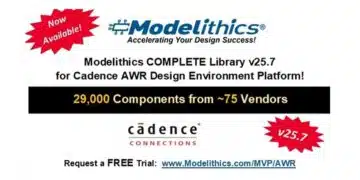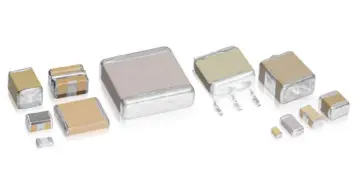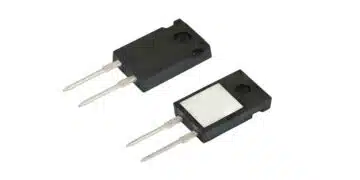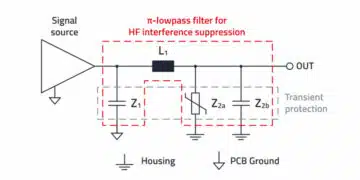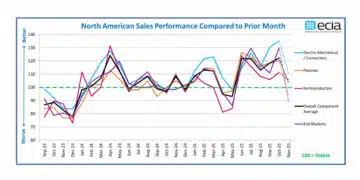This video session, presented by experts from Skycore Semiconductors and Würth Elektronik, will cover the fundamentals of switched-capacitor conversion, its key benefits and trade-offs, and how recent advances in capacitors, power transistors, and converter architecture are making high-performance, scalable designs possible.
Switched-capacitor power converters are gaining traction as a compact, efficient alternative to traditional inductor-based designs.
Skycore Semiconductors has developed integrated chips that bring this technology to higher voltages and power levels — enabling use in demanding applications like AI servers, power modules, and energy storage systems.
This presentation provides an in-depth analysis of Switch Capacitor Power Converters (SCPCs), highlighting their operational principles, technological enablers, and growing relevance in modern applications. The discussion spans theoretical modeling, practical design considerations, and real-world applications in consumer electronics, automotive, and data centers.
⸻
1. Introduction
Traditional power electronics often overlook SCPCs or mention them minimally. This presentation aims to shed light on SCPCs, exploring their modeling, construction, applications, and the technological advancements that make them increasingly viable.
2. Background
- Power Converters Overview:
- Definition and types
- Focus on DC converters suited for SCPCs
- Efficiency metrics: Input/output power ratios, loss expressions
- Skyores Role:
- Development of power conversion ICs optimized for SCPCs
3. Motivation for Switch Capacitor Power Conversion
- High Demand in Modern Applications:
- Efficiency, power density, and voltage conversion
- Challenges with traditional buck converters
- Technology Enablers:
- Advanced switch technologies (e.g., Gallium Nitride transistors)
- Innovations in capacitors and integration topologies
4. Applications of SCPCs
- Consumer Electronics:
- Hearing aids, earbuds: Managing voltage gaps
- Smartphones: Enabling fast charging (up to 240W)
- High-Performance Computing:
- GPUs with over 1 kW power demands
- Transition from 12V to 48V inputs to reduce distribution losses
- Automotive:
- Infotainment and ADAS systems
- Transition to 48V systems for improved efficiency
5. Fundamentals of SCPCs
- Basic Operation:
- Divide-by-two power conversion using flying capacitors
- Charge and discharge phases
- Key Models and Analysis:
- Ideal transformer model
- Output resistance modeling and intrinsic losses
6. Design Considerations
- Switching Frequency and Capacitance:
- Slow Switching Limit (SSL) vs. Fast Switching Limit (FSL)
- Impact of switch resistance and flying capacitance
- Loss Mechanisms:
- Output resistance losses
- Gate charge and switching losses
7. Advanced Topics
- Technological Enablers:
- MOSFETs vs. GaN FETs: Efficiency and gate charge metrics
- Capacitor selection and DC bias impacts
- Integration Challenges:
- Managing startup and shutdown without damage
- High-voltage floating level shifters
- Proprietary zero-voltage switching technologies
8. Practical Demonstrations
- Evaluation kits (50W, 300W, 1,000W) showcasing high power density and efficiency
- Active cell balancing in battery packs
9. Conclusion
SCPCs are pivotal in applications requiring high power density, efficiency, and broad voltage conversion ratios. Continuous advancements in switching technologies, capacitors, and integration methods are driving their adoption.
References
– MLCCs on REDEXPERT: https://we-online.com/re/5k9kHYlu
- AppNote 114: https://www.we-online.com/en/support/…
- Skycore SCH10ECX Demoboard: https://www.we-online.com/en/componen…
- Skycore SCB16FK: https://www.skycore-semi.com/applicat…


